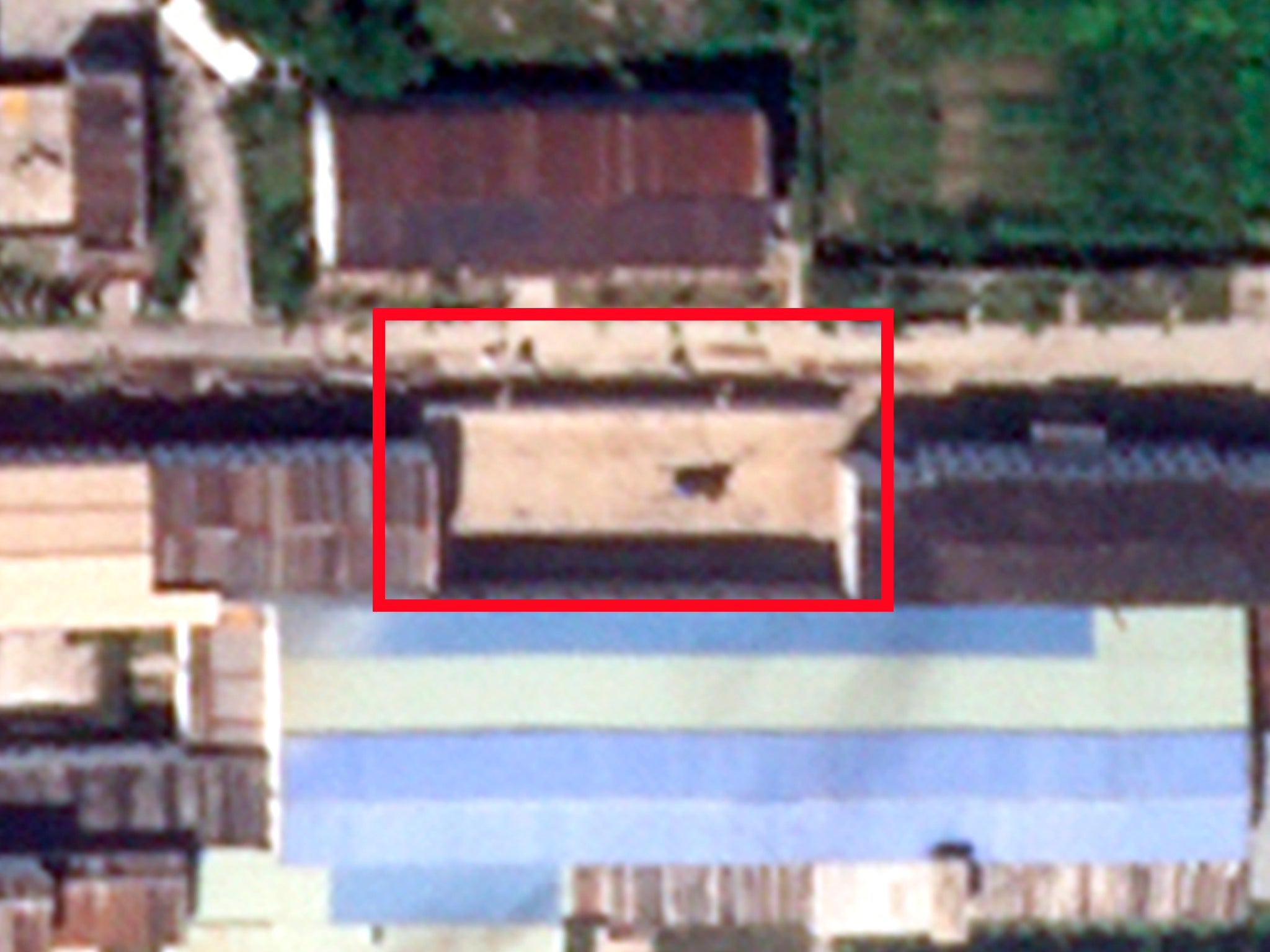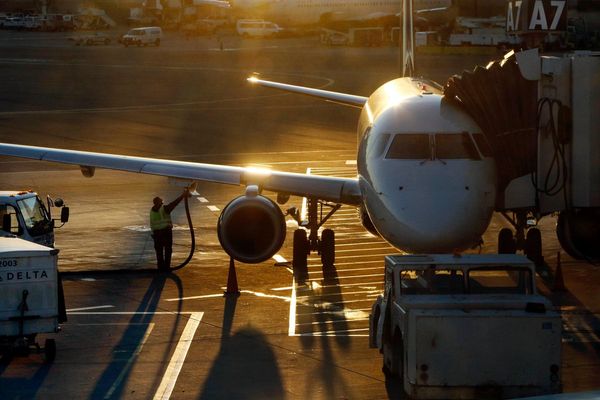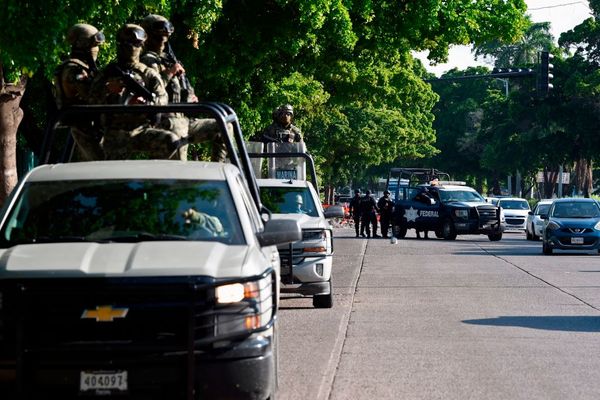South Korea is closely monitoring radiation levels in the Yellow Sea following reports that North Korea has begun discharging uranium waste into rivers that flow south, though officials say no abnormal changes have been detected so far.
South Korea’s unification ministry said on Tuesday that the government is tracking nuclear-related activity in North Korea, including operations at the Pyongsan plant in North Hwanghae province, in coordination with other relevant agencies.
"In regard to relevant agencies' regular measuring of radioactive levels in the Yellow Sea, there has been no meaningful change," a ministry official told reporters on condition of anonymity, according to Yonhap.
"But as the issue is directly related to our people's health and safety and the environment, the ministry is in close talks with other agencies over how to respond to it."
South Korea’s response came after Daily NK, a Seoul-based news outlet specialising in North Korea, reported in June that Pyongyang is operating a uranium refining facility in Pyongsan County and had begun dumping nuclear waste directly into nearby waterways.
North Korea’s nuclear programme spans several sites with distinct roles in the production of nuclear weapons fuel.

The Pyongsan plant is believed to be the country’s primary uranium mining and milling site, where raw uranium ore is processed into yellowcake, a concentrated form of uranium. This material can then be sent to enrichment facilities such as those at Yongbyon, North Korea’s main nuclear complex, or Kangson, a suspected covert site near Pyongyang, according to Beyond Parallel, a US-based monitoring programme.
In a rare disclosure last year, North Korea provided a glimpse into one of its enrichment facilities for building nuclear bombs.
The country’s official Rodong Sinmum newspaper published several photos of Kim Jong Un talking with scientists and military officials. While the exact location was not disclosed, experts believe it was one of its two known plants in the towns of Yongbyon and Kangson.
The pictures showed Mr Kim touring a facility packed with shoulder-height grey centrifuge tubes – equipment used to enrich uranium for nuclear weapons.

The report analysed satellite imagery, suggesting that uranium waste generated at the facility was being directly discharged into the river system. It said the waste was previously sent to a reservoir across the river for sedimentation, but the sedimentation pond reached capacity.
Last month, Beyond Parallel, a US-based monitoring programme, released satellite imagery suggesting construction of a new uranium enrichment facility at North Korea’s main nuclear complex in Yongbyon – a possible indication that Pyongyang is seeking to boost its nuclear arsenal.
Uranium is a radioactive element that exists naturally. To make nuclear fuel, raw uranium undergoes processes that result in a material with an increased concentration of the isotope uranium-235.
Last year, Mr Kim underlined the need to expand uranium enrichment capacity and develop a new centrifuge, claiming his country needed greater defence capability against threats by the US and its allies during his visit to the facility.
He expressed “great satisfaction over the wonderful technical force of the nuclear power field” held by North Korea, KCNA reported.
North Koreans swim at huge new beach resort touted as boost for country’s tourism
Mating ‘lovebugs’ swarm city, plaguing residents
The ‘big, beautiful’ deal India and US are rushing to seal as tariff deadline looms
Kim Jong Un shown mourning North Korean soldiers he sent to die in Putin’s war
Kim Jong Un watches tourists use waterslide as North Korea opens huge beach resort
China partially lifts ban on Japanese seafood after Fukushima wastewater row







